The writing of protest
01 Mar 2017
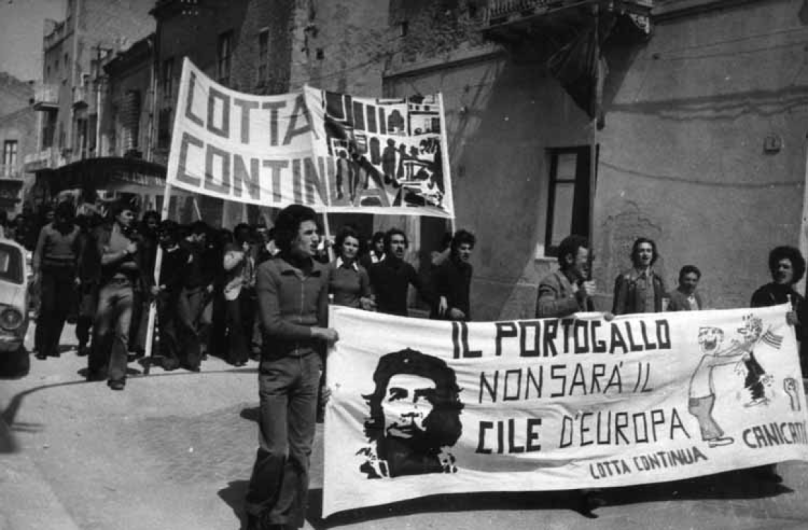
Donald Trump. To some a saviour, a billionaire man of the people. You know, just like you, me and them.
To others, he is an Orange Satan.
What he heralds for us all, however, is the new golden age of that hardy communication platform: the protest sign.
Indeed, Nick Asbury and Creative Review crafted a smashing article all about the mechanics of writing a zinger of a protest sign here, and I urge you to have a good read through.
But as much as these Trump-era placards are a linguistic and comedic tour-de-force, the people and their putdowns isn’t a new phenomenom: we’ve been writing to protest for years.
You say Magna, we say Carta
Okay, it may be many, many moons ago, but it should be celebrated as the cradle of protest writing, a true document of dissent: the Magna Carta. Lord Denning described it as the “foundation of the freedom of the individual against the arbitrary authority of the despot”. That summation seems to echo somewhat to the present, but I can’t quite put my finger on it...
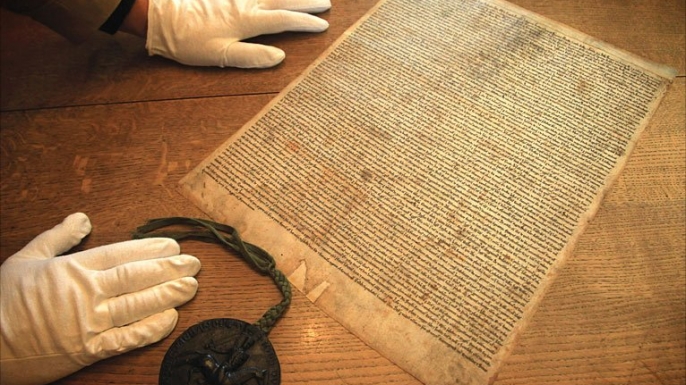
Anyway, this 13th century document might have been intentioned for the well-off – the Barons – to stand up to the weller-off – the monarchy - but later on (think 17th century onwards), those seeking to confront authority borrowed the insurrectionary ethos of the Magna Carta, particularly emboldened by revelatory clauses that promised “to no one will we sell, to no one deny or delay right or justice”.
Onwards!
Votes for women
So we move on – past the Boston Tea Party, the French Revolution, 1848 and all that - and into the late 19th and early 20th century.
Why?
Protest signs, that’s why.
Visceral words and visual representations of anger, rebellion. And the suffragettes were - as a by-product of their (ongoing) struggle - some of our finest signmakers and headline writers.
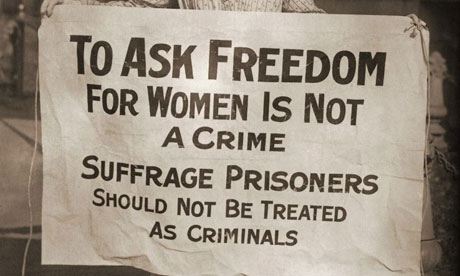
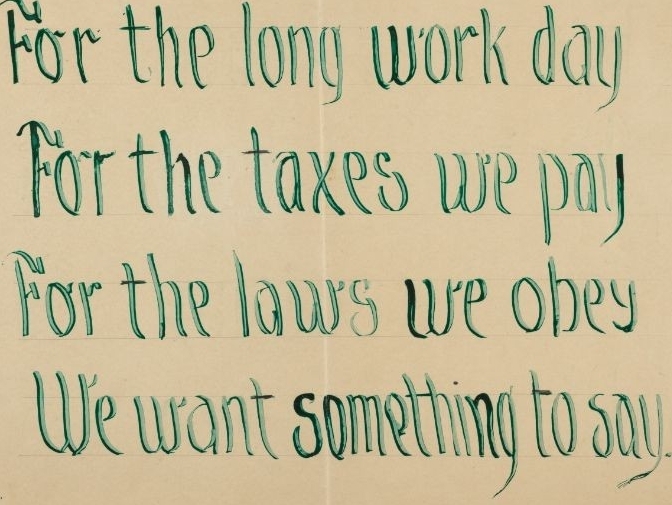
The suffragettes married a craft of language to convey arguments to a very direct action approach. And they carried their messages publically, in to the streets, and to the wider reading public through a savvy appreciation of the insurgent visual media of the age - a lesson that other protest movements would lean on in years to come. And of course, fast-forward to the now and (sadly) you don't have to venture far to find echoes of the suffragettes in a more modern vernacular:

The revolution will not be televised...
... but it will be on loads of signs bobbing and weaving to a rally point near you. Okay, Gil Scott-Heron's most famous composition didn't quite say that, but it was a piece of work that captured the mood of the 1960s and the 1970s, a period rich in rebellion. The titling of Scott-Heron's work itself was cribbed from the words and protest language of the Black Power movement.
The writing of protest took on a dynamic global life force as the world looked to move on from the Second World War. In America placards voiced the politics of protest:
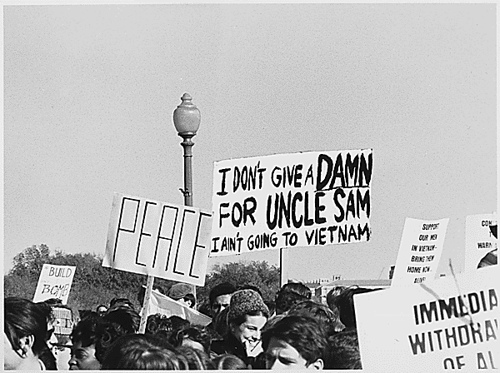
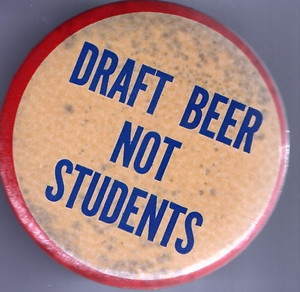
And music recorded the experiences of dissention in the febrile atmosphere of anti-Vietnam demonstrations that filled streets and took over campuses in the '60s and '70s: "four dead in Ohio" as Crosby, Stills and Nash famously sang of the Kent State shootings:
Over in Europe, the art of the protest was alive and kicking. The anti-establishment students, workers and intellectuals of the New Left took to barricades in Paris in 1968 to confront the tyranny of oppression. Meanwhile across borders in Germany and Italy, students, Leftists and anti-authoritarians clashed with the ghosts of fascist pasts that seemed to many of the young rebels to be returning to life to shape neo-fascist futures.
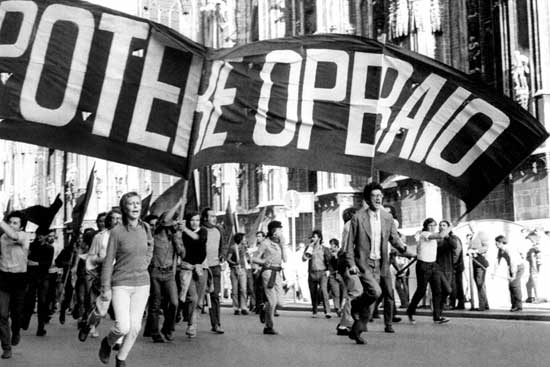
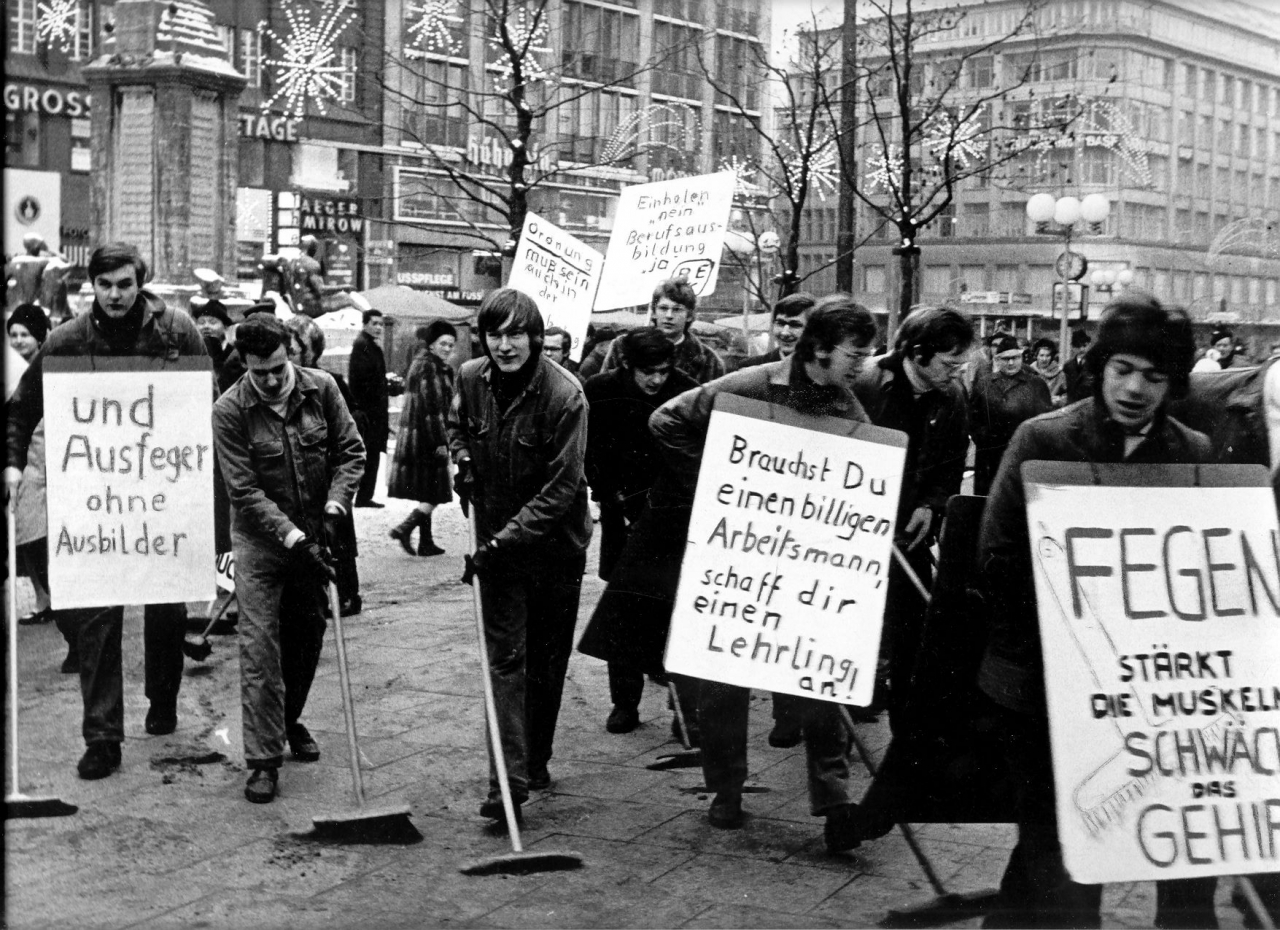
Indeed, whilst many took to the streets armed with slogans and signs, the Baader Meinhof gang in Germany and the Brigate Rosse in Italy took up arms in their respective struggles to bring about a series of bloody clashes in the '60s and '70s.
Here and now and Trump and that
So protest writing - alive and well as it is in the digital age - sits on a bedrock of a fine, human tradition, and today we can say to some degree that the renaissance of "sign guy" is linked to Trump's rise to the White House; as some of us respond to the ascent of this man who loves saying China with a flurry of wry writing. We test our ability to take the complex challenges we face and often craft comical yet catchy messages. Writing to protest is always rooted in the belief that the power resonates in the message.
Ultimately the written protest distills simple, yet crucial, human experiences. We choose catchphrases and signs as a way of showing those in power that our arguments are compelling, and we can take you to their beating heart in a few, mighty words. And if we can find those words, can we find the solutions?
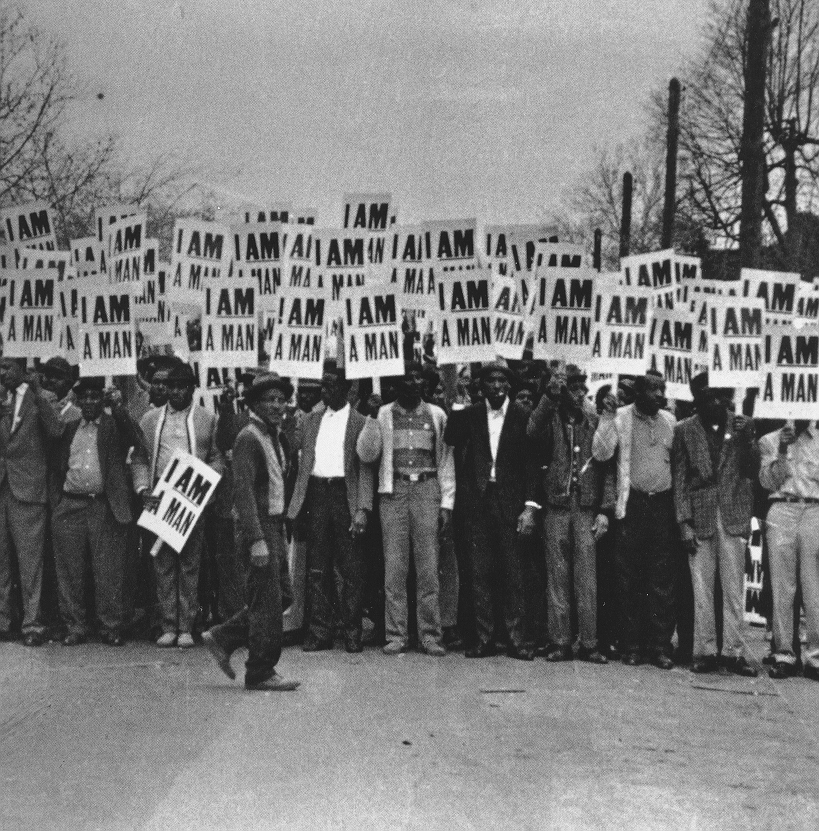

Please login to comment.
Comments